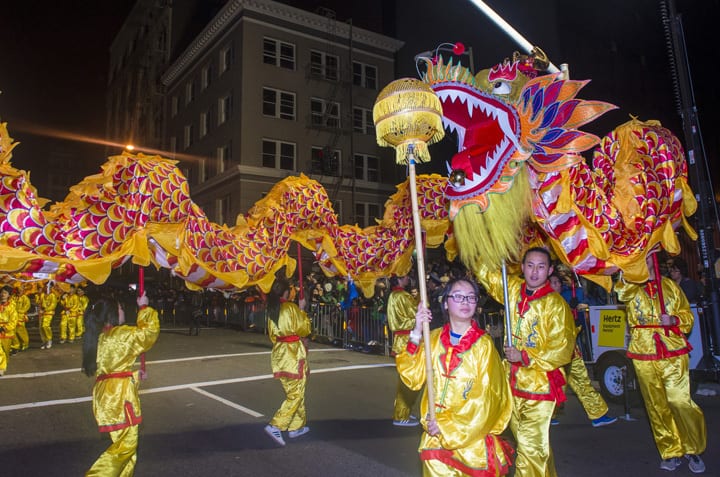
Also known as the Lunar New Year or Spring Festival, the Chinese New Year is a weeklong celebration of new beginnings. According to History.com, this holiday is traditionally an opportunity “to honor household and heavenly deities as well as ancestors.” Based on the Chinese Zodiac, February 10, 2024, is the start of the year of the Dragon.
While the Chinese New Year may be part of the heritage of some of your students, others may be unfamiliar with the tradition. Teaching children about cultural traditions other than their own is imperative to broaden their horizons through adolescence and beyond. With the Chinese New Year right around the corner, now’s the perfect time to find interesting and stimulating ways to introduce China’s most important holiday to students and familiarize them with the cultural traditions celebrated every year.
Here are a few fun activities to help you teach your students about one of the most widely celebrated holidays around the globe:
1. Decorate the Classroom
Decorating for the Chinese New Year is one of the most popular traditions surrounding the holiday. From red lanterns and door couplets to paper cuttings, there are various decorations students can create and place around the classroom as symbols of luck, happiness, New Year greetings, and good fortune, according to China Highlights. Plum blossoms, orchids, peonies, and peach blossoms are common flowers used as decor to showcase the new year — blooming flowers are considered symbolic of the coming season of spring and new beginnings.
For students in a hybrid or remote learning environment, encourage them to get creative and dress their own personal living spaces with red accessories and blossoming flowers.
2. Create and Gift Red Envelopes
A traditional gift for children during the Chinese New Year is the red envelope, or hóng bāo. Traditionally, the envelopes are filled with yā suì qián, or lucky money, to ring in the new year with good fortunes and blessings, as Chinesenewyear.net explains.
Instead of placing money inside the red pockets, encourage students to write notes to each other with blessings for the new year. For remote students, turn the writing, sending, and receiving of red envelopes into a pen-pal activity! This gives them something to look forward to. Receiving a red envelope in the mail will bring them excitement, and perhaps some good fortune as well.
3. Create a Recipe Book of Chinese Delicacies
As with most festivities, there are many symbolic foods prepared and enjoyed during the Chinese New Year. Eaten throughout the weeklong celebration, some of the most popular foods include fish, Chinese dumplings, rice cakes, spring rolls, noodles, and fruit, all of which are symbolic of luck, wealth, and togetherness.
In the weeks leading up to the Chinese New Year, take some time to teach students the background and meaning behind these cultural delicacies. Then work together to create a recipe book that can be shared with each classmate. This is another activity that can be completed in or out of the classroom — encourage collaboration among hybrid and remote students to develop these recipes and create a virtual book that can be shared with family members and friends.
If you’re able to dedicate enough time to creating the recipe book before the Chinese New Year celebration begins, you can set aside some time to enjoy these traditional foods with your class during the celebration week. Students can cook and bring their dishes to the class for lunch, or enjoy them with each other at home over a video call.


